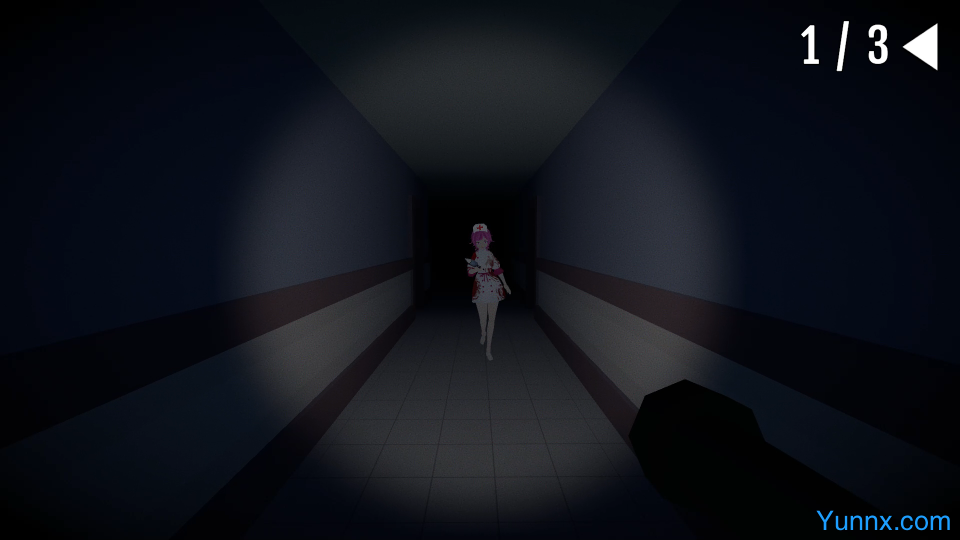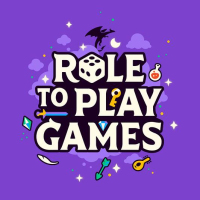Trapped in a coma for decades, you awaken to a nightmarish hospital—abandoned, pitch-black, and teeming with perverted monsters. Your only goal? Escape before they catch you. This first-person 3D adult survival horror game blends tense exploration, stamina management, and brain-burning puzzles into a visceral experience where every step could be your last.
The Nightmare Awakens: A Hospital Turned Tomb
Your eyes flutter open to the stench of rot and antiseptic. Fluorescent lights flicker erratically, casting long shadows over cracked walls and overturned gurneys. The hospital you once knew—your safe haven during those long coma years—is gone. In its place: a labyrinth of dark corridors, bloodstained tiles, and the faint sound of skittering claws. Monsters—twisted, leering figures with too many limbs—lurk in doorways, their growls echoing as they hunt. Time is against you: the longer you stay, the more the halls shift, and the hungrier they get.
Key details that set the tone:
1. Sensory Overload: The air reeks of decay; distant screams (are they real, or your own?) pierce the silence. Every creak of a floorboard, every rustle of fabric, feels intentional—a reminder that danger is never far.
2. Environmental Storytelling: Faded patient charts, shattered medical equipment, and graffiti scrawled on walls hint at the hospital’s tragic past. Was it abandoned after a failed experiment? A mass outbreak? Clues are scattered, but answers are scarce.
3. The Monsters’ Design: These aren’t your average creeps. Their distorted features—bulging eyes, jagged teeth, and skin like rotting leather—are paired with unsettling behavior: some stalk silently, others taunt you with childlike laughter, making every encounter unpredictable.
Survival Mechanics: Stamina, Stealth, and Split-Second Choices
Surviving Macabre Hall demands more than quick reflexes—it requires strategy. Your lungs are shot (thanks to years of coma-induced atrophy), so sprinting drains stamina fast. Every misstep risks exhaustion, leaving you vulnerable.
Critical systems that shape your playthrough:
1. Stamina Management: Running burns stamina; walking conserves it. Need to sneak past a monster? Slow, steady steps keep your breath steady. Push too hard, and you’ll collapse—easy prey for the horde.
2. Light & Darkness: Flashlights are scarce, and batteries die fast. Relying on your phone’s dim screen or the occasional flickering light risks revealing your position. Embrace the dark… but beware what lurks within it.
3. Monster Behavior: Learn their patterns. Some monsters avoid water; others are drawn to noise. Lure one into a trap (a fallen shelf, a pool of chemicals) to clear a path—or use their aggression against each other.
999 IQ Puzzles: Can You Outsmart the Hall?
Escape isn’t just about avoiding monsters—it’s about solving puzzles that twist your brain. From cryptic symbols on hospital doors to malfunctioning elevators requiring code inputs, every challenge is designed to test your wits.
What makes these puzzles unforgettable:
1. Environmental Integration: Puzzles aren’t tacked on—they’re part of the world. A locked cabinet holds a key… but the combination is etched into a patient’s old medical chart, hidden in a nearby room. Connect the dots, or stay stuck.
2. Consequences of Failure: Get a puzzle wrong, and the hall shifts. Walls close in, new monsters spawn, or your stamina drains faster. One mistake can unravel hours of progress.
3. Layered Clues: Answers aren’t obvious. A child’s drawing on a wall might hold the code to a safe; a nurse’s journal entry could reveal the location of a hidden switch. Dig deep, or miss critical paths.




















Preview: